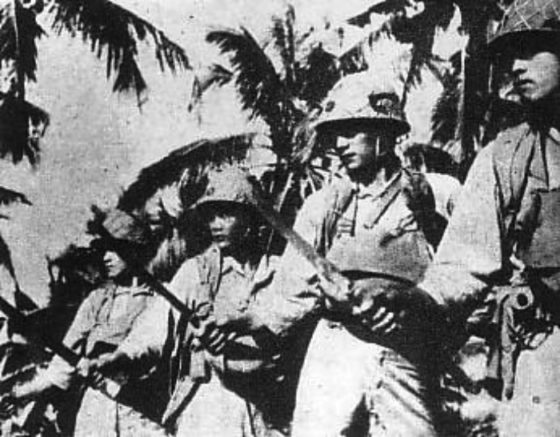 MHN Wants YOU!
MHN Wants YOU!
MilitaryHistoryNow.com is always on the lookout for submissions from published authors, historians, bloggers and photographers. If you have an original article or photo that you think would be a good fit for the site, drop us a line at editor@militaryhistorynow.com. Submissions should be between 500 and 1,000 words. Any photos should be accompanied by a brief description of the event, location and date. And be sure to provide a bio of yourself to accompany any piece.










Hi, I am looking for a childrens book written about the Civil War by Esther (Ester) Bennett. Im not certain if that was her pen name. She was my teacher in 4th-5th grade in elementary school in Baltimore, MD. I attended the 4th/5th grade in 1969. Mrs. Bennett was a huge influence in my interest in the Civil War. I know it’s a long shot. I appreciate any help/suggestions you can offer. Thank you. Theresa Palm
Have you tried Amazon and eBay? I wonder if there are any children’s lit profs at American universities that might be experts on books about the Civil War. Also, I wonder if some Civil War museums and societies on Twitter could tweet your request.
Whilst not doubting for an instant that the ‘Bear’ is very noisy, I question whether the prop tips do break the sound barrier. The shock wave would be enormously consuming of power and the damage to the tips of the props would be considerable. On a related theme, there is a great clip on Youtube from inside a ‘Bear’, which appears to show that the contra rotating props are not geared together, but are powered independently from the turbine shafts.
The Russians tried to make 100% of the prop length of the Bear supersonic airflow and succeeded. A small plane with an 8′ long propeller at 2500 rpm will have tip speeds at 90% of the speed of sound.
If I under stand correctly the propellers of a turboprop aircraft operate at constant rpm. the speed of the plane is controlled by the pitch of the propeller blade(s), John is correct that as the distance traveled by the tip of the blade varies at the length of the blade and is far greater than the hub In the Same time frame. As the blade tip approaches the sound barrier it started to chatter and shudder. It is quite likelyto completely shatter. Reciprocating engines of the pre -et era were equipped with prop governors to guard against this possibility. “Runaway” props although not a common occurrence did and do happen and can be disastrous particularly on the the board engines in 4 or more engine. aircraft.
Can you tell me about a locket with a swastika in blue stones? Was it an award? Possibly for Hitler Youth for his mother?
Hello, I’m looking for information about the World War 2 German U-boats for a school project I’m doing.
Here are some questions:
1. What was the death toll caused by U-boats in World War 2?
2. What did the interior of a U-boat look like?
hello. Congratultions.
Death toll……..see Sir John Keegn, THE SECOND WORLD WAR…..as a 6th grade historian, I think you should focus upon the death toll of the U-ot crews…….since deaths (in freighters/tankers/oilers) will need original research.
On interior of U-boats………the Chicago Institute of Technology) has an entire craft—it is “war prize”–becoming property of USA under surrender terms…..demo to your teachers that you know the rules of “naval wr prizes” lw which is overe 200 years old. There are (2) replicas of USA-class WW2 subs on Lke Michigan but 100 km north of Milwaukee. Visit the interior yourself,
If you have an engineering mind ( as wish to ecome an Annapolic midshipmn), focus on the outside hull and dive planes, not interior. You paper cn include first “laws” of water-dynamics, such as buoyancy–which will make you first-in-clss wheen you take high-school physics.
Kenneth (worked on S-688 USA attack submarine design at Pascagoula, Mississippi Naval Yard
Is there anybody out there that might have information on the 187th engineer combat battalion 1943-45?